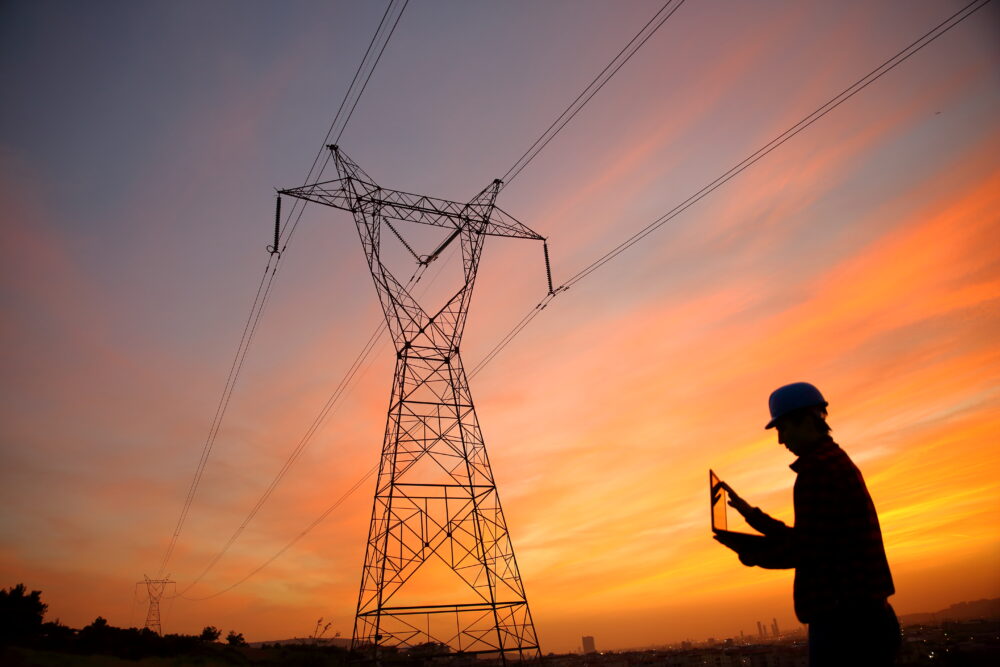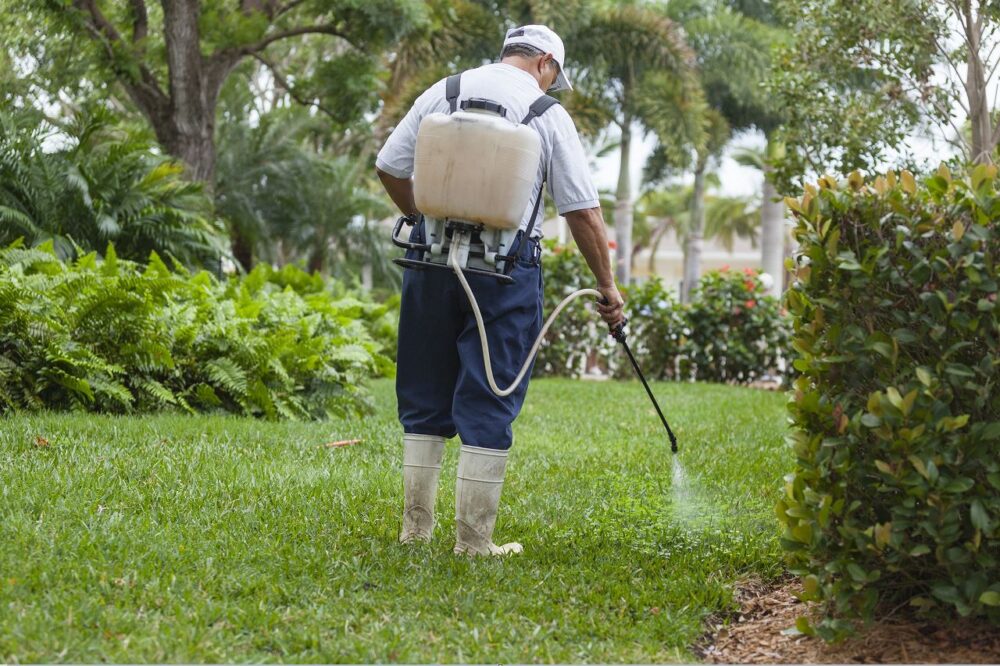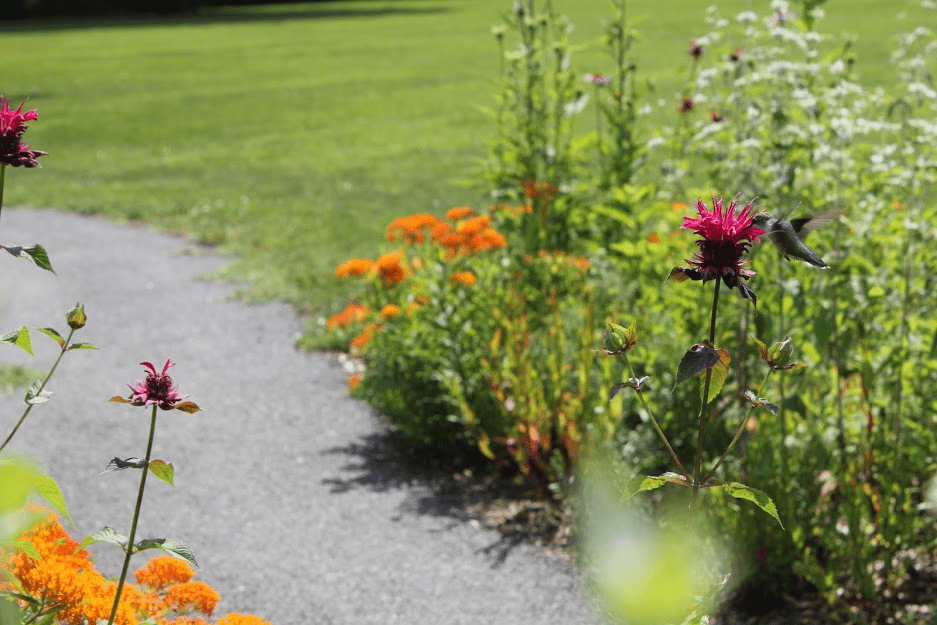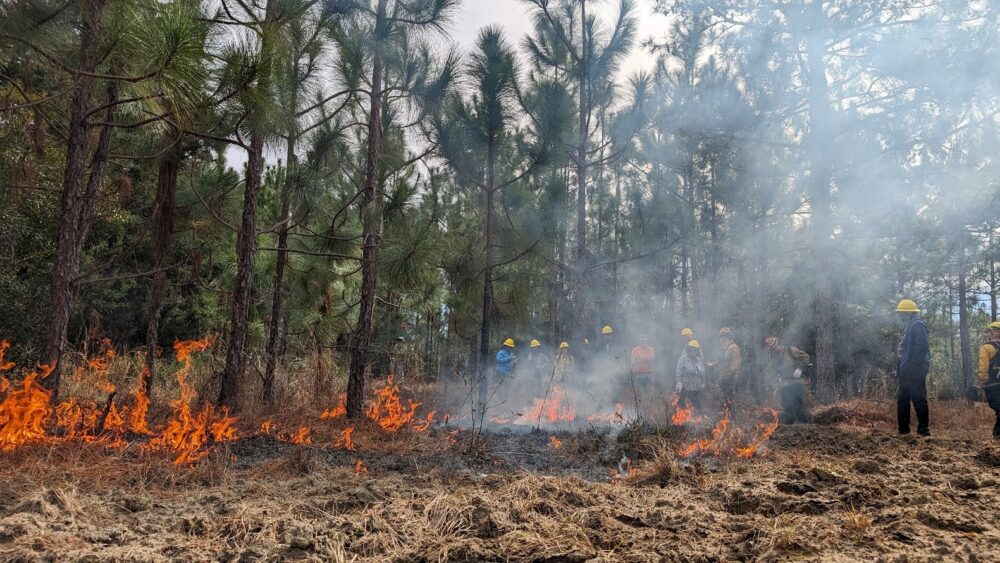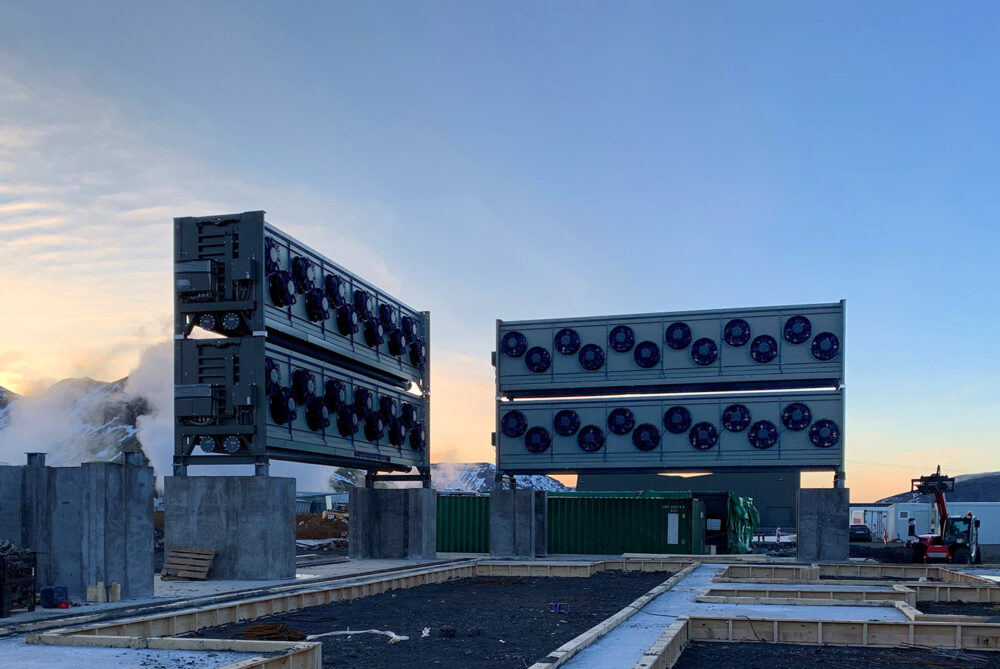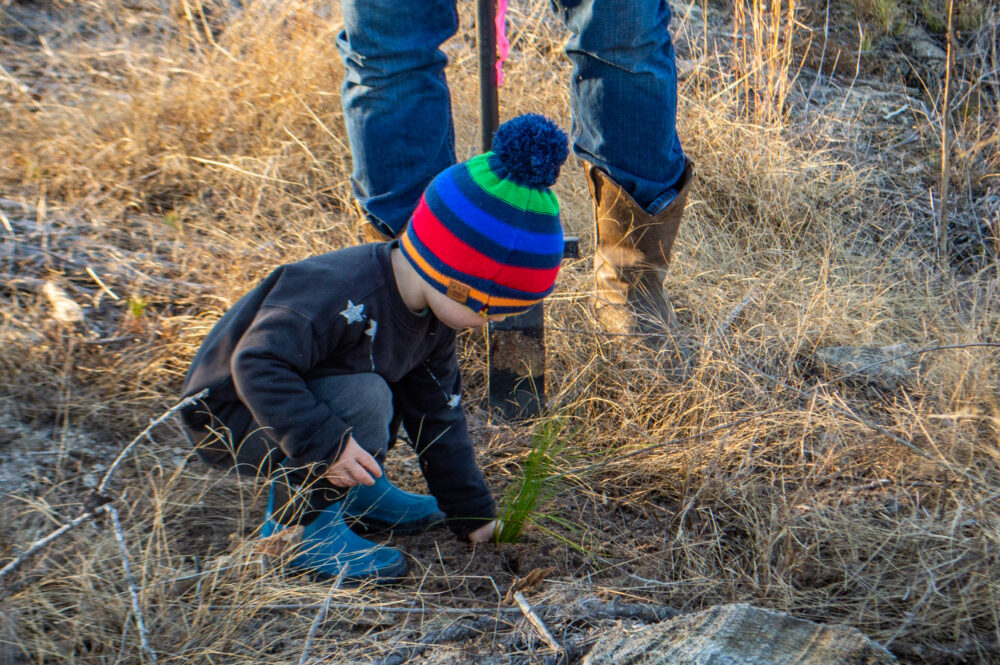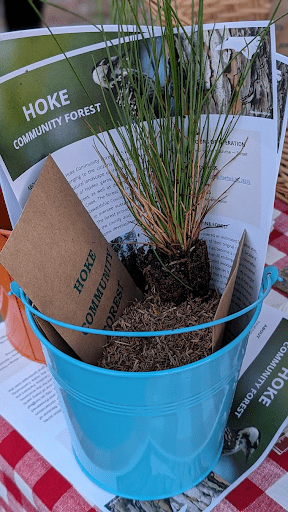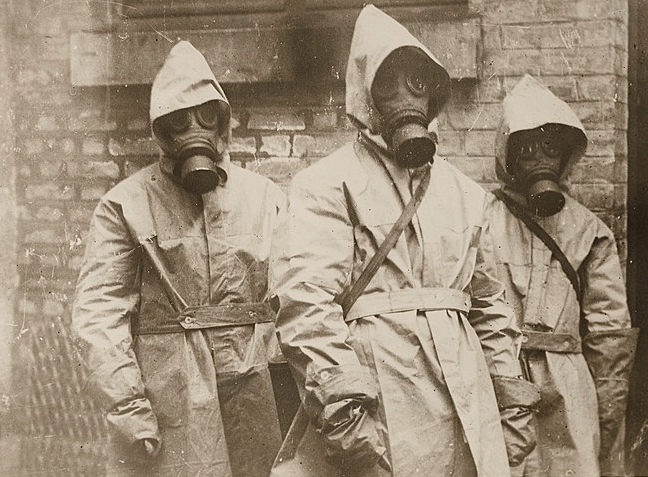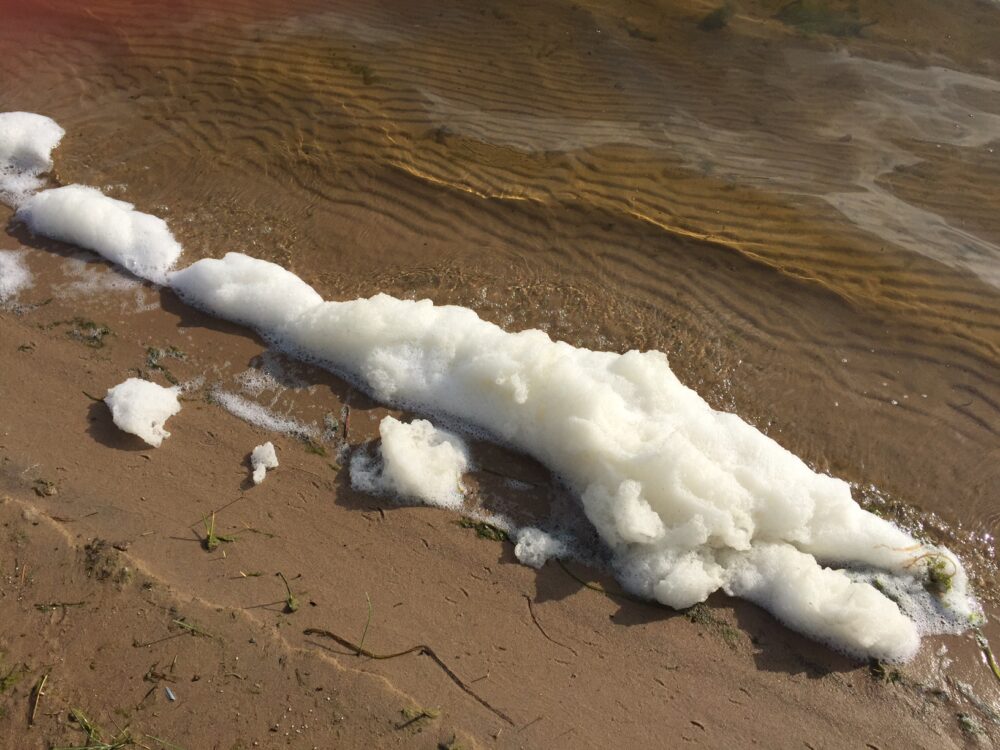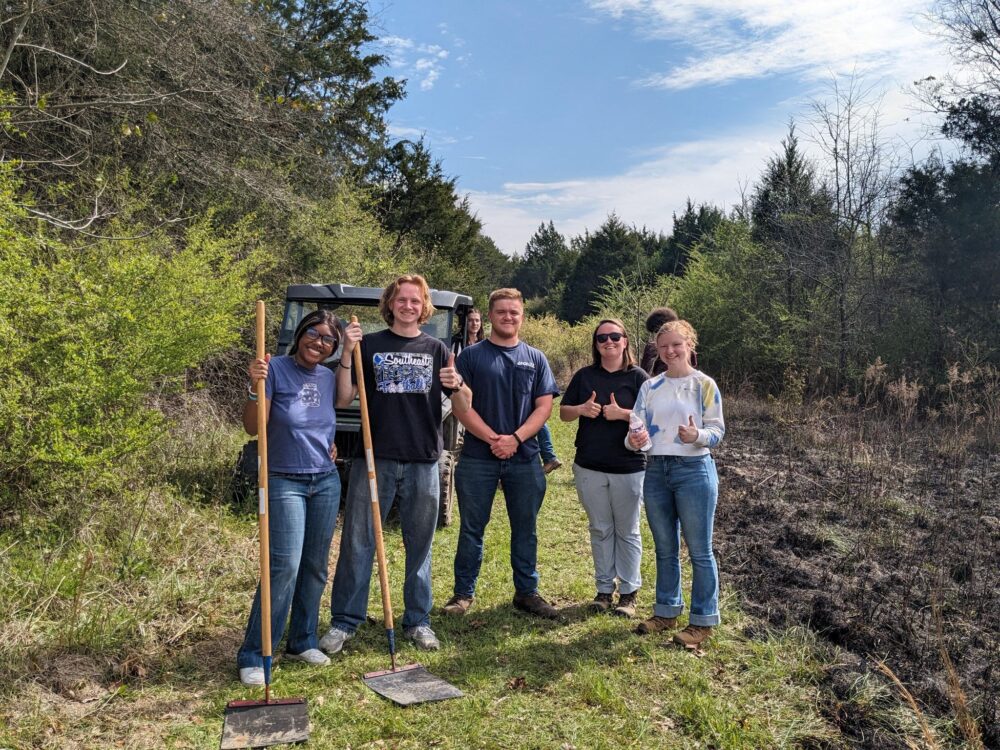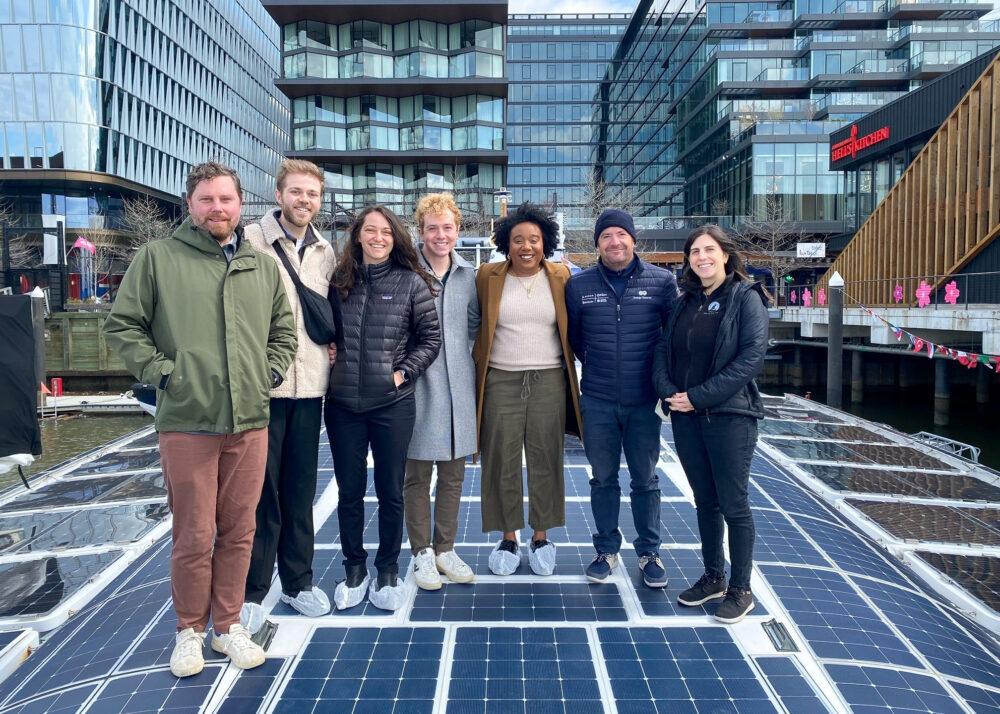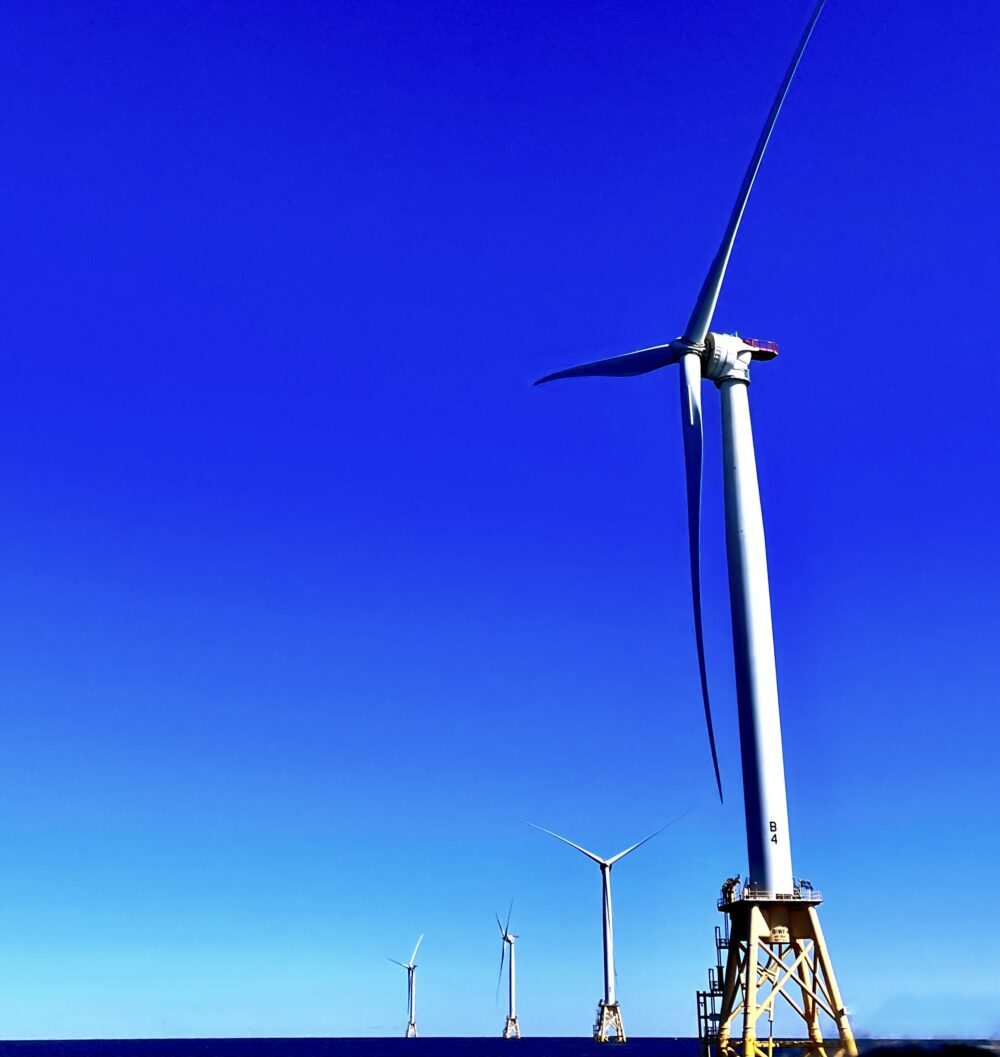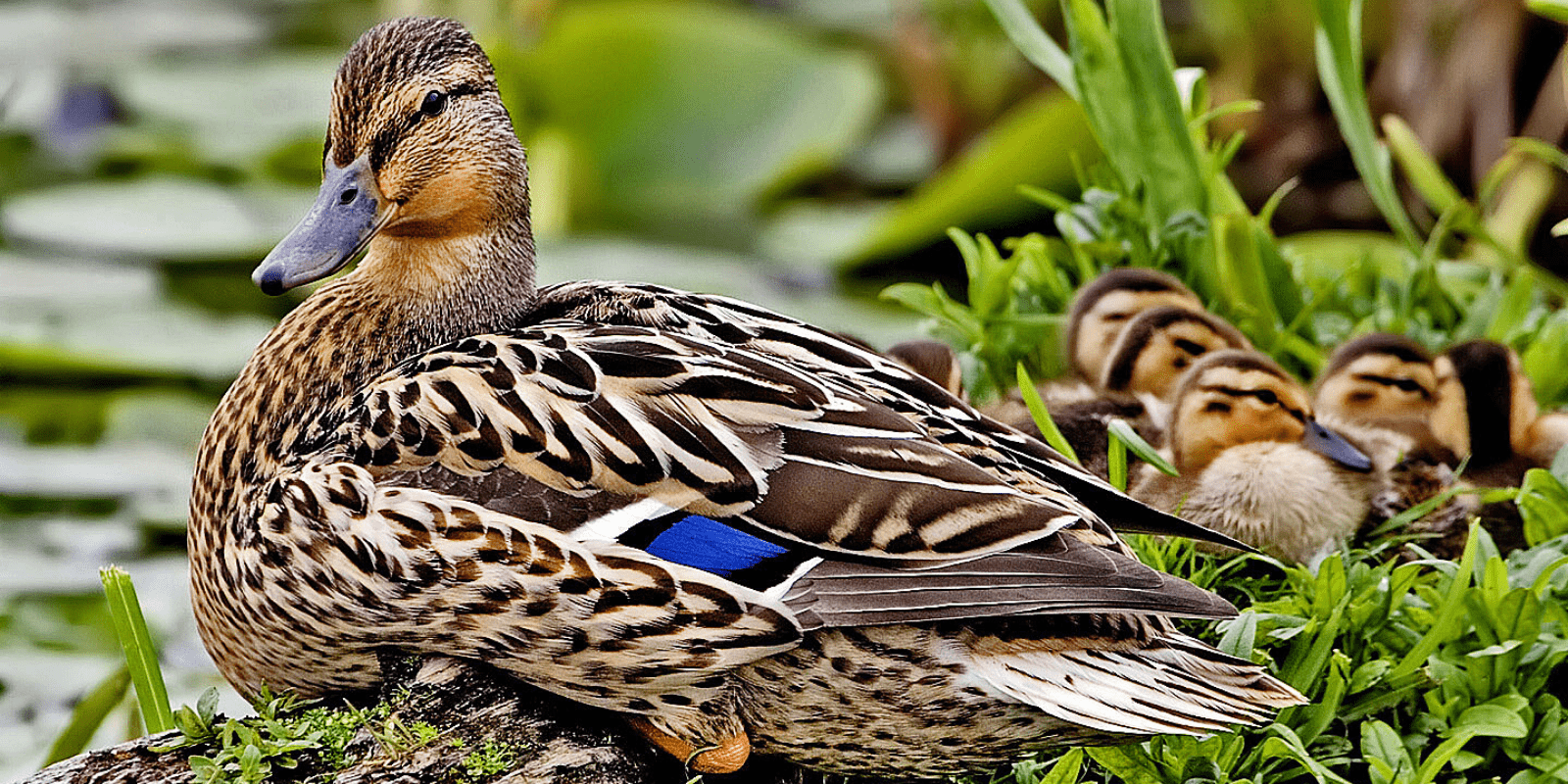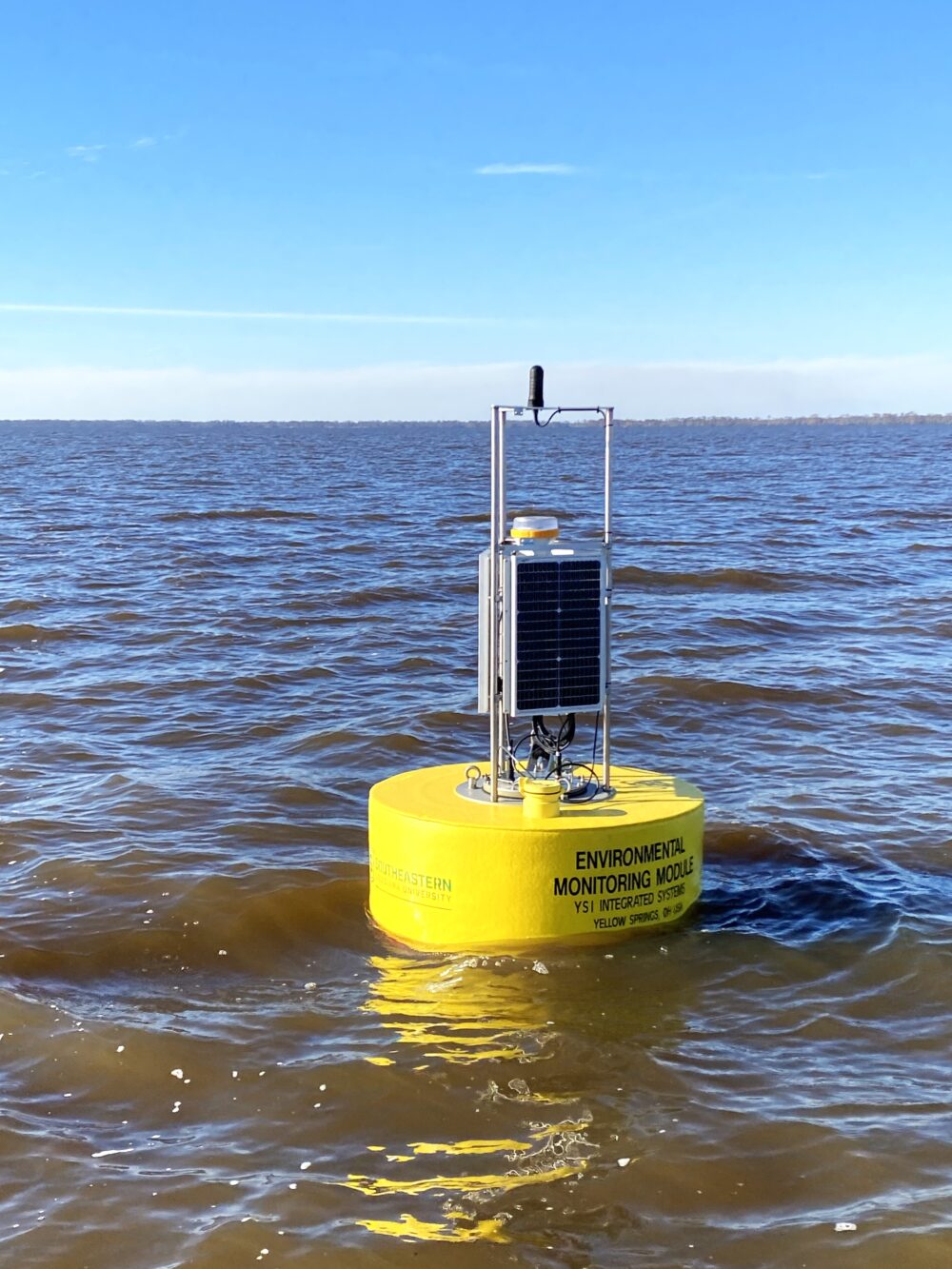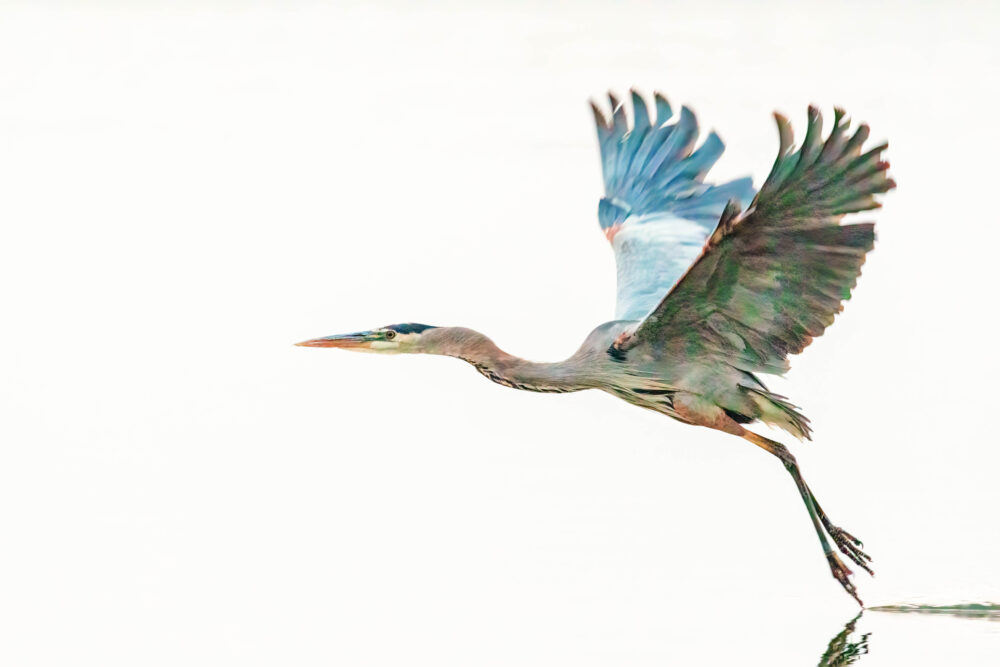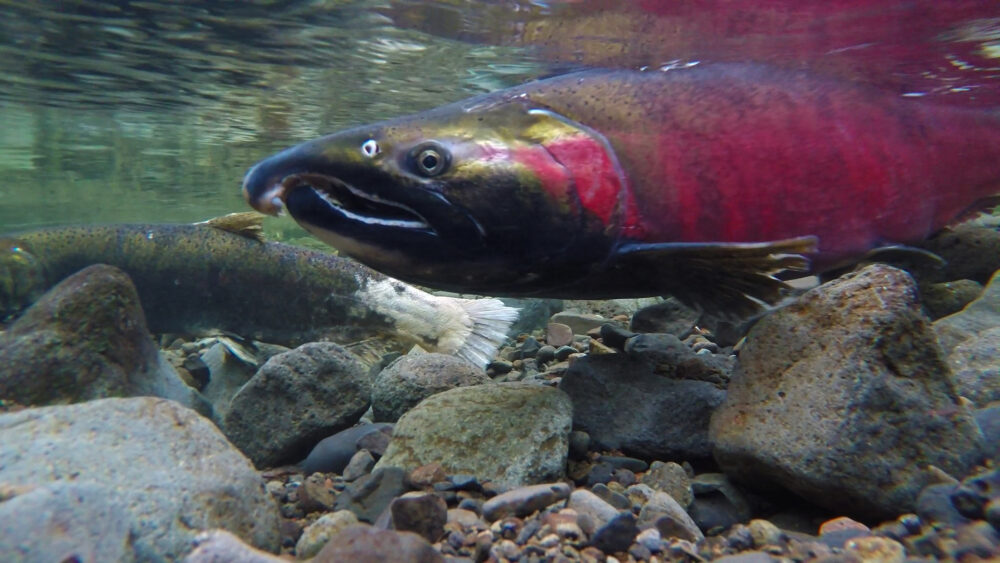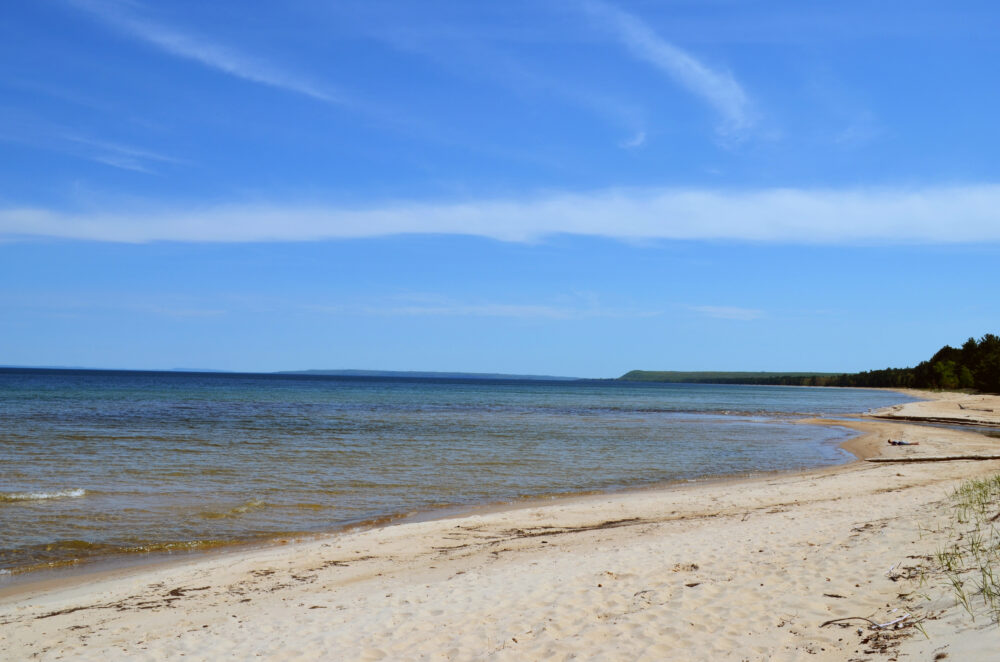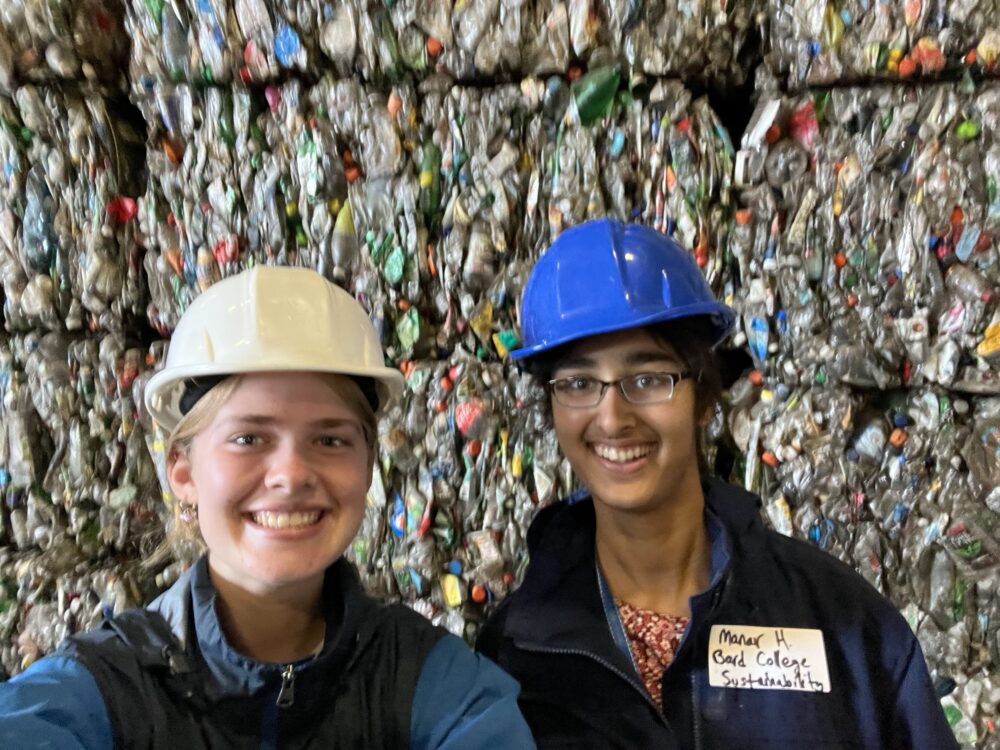We have much more to do and your continued support is needed now more than ever.
Renewed Arctic Refuge Drilling Push By Alaska Governor
NWF Seeks Permanent Protection for Imperiled Coastal Plain
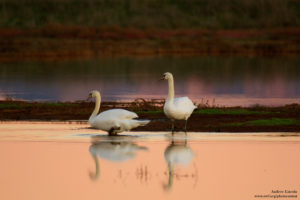
In the wake of Shell’s decision to abandon plans for further drilling in the Beaufort and Chukchi seas, Alaska’s Governor Bill Walker sounded a familiar tune: calling yet again for Congress to allow drilling in the Arctic National Wildlife Refuge.
The Governor argues that the Trans-Alaska Pipeline (TAPS) needs new sources of oil, and if that can’t come from offshore then it should come from the Arctic Refuge, which has been protected from such activity for more than half a century.
Yet onshore drilling in the refuge will destroy important habitat for many wildlife species. The Coastal Plain is the biological heart of the Arctic Refuge, with a diversity and abundance of wildlife. It provides important breeding and staging areas for migration for many species of shorebirds and waterfowl and other wildlife. The Porcupine Caribou Herd is perhaps the most well-known species, as it frequents the Coastal Plain of the Arctic Refuge by the tens of thousands during the spring and summer, often during their critical calving season.
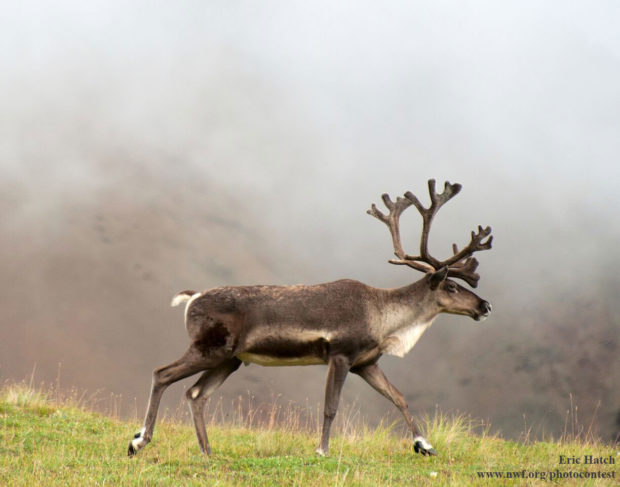
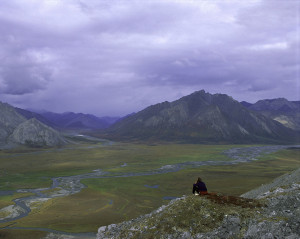
Lovins makes the case that refuge oil is like “Fool’s Gold” for Alaska with both economics and geology working against the prospect of finding oil, especially oil that would be cost effective to produce. National Geographic earlier gave credence to this view when it quoted a source saying the only test wells ever drilled in the area by Chevron in the mid-80’s were dry holes.
Whether there is truly commercially recoverable oil beneath the Arctic Refuge that might extend TAPS misses the larger point. This is a National Wildlife Refuge for which all Americans have a shared stake and ownership. Even under some of the rosiest estimates, drilling the Arctic Refuge might meet less than 5% of U.S. oil demand at peak production.

![]() Help NWF protect wildlife and the wilderness in the Arctic Refuge.
Help NWF protect wildlife and the wilderness in the Arctic Refuge.
To learn more about the Arctic National Wildlife Refuge and the potential impact from oil and gas development, check out National Wildlife Federation’s new report.

